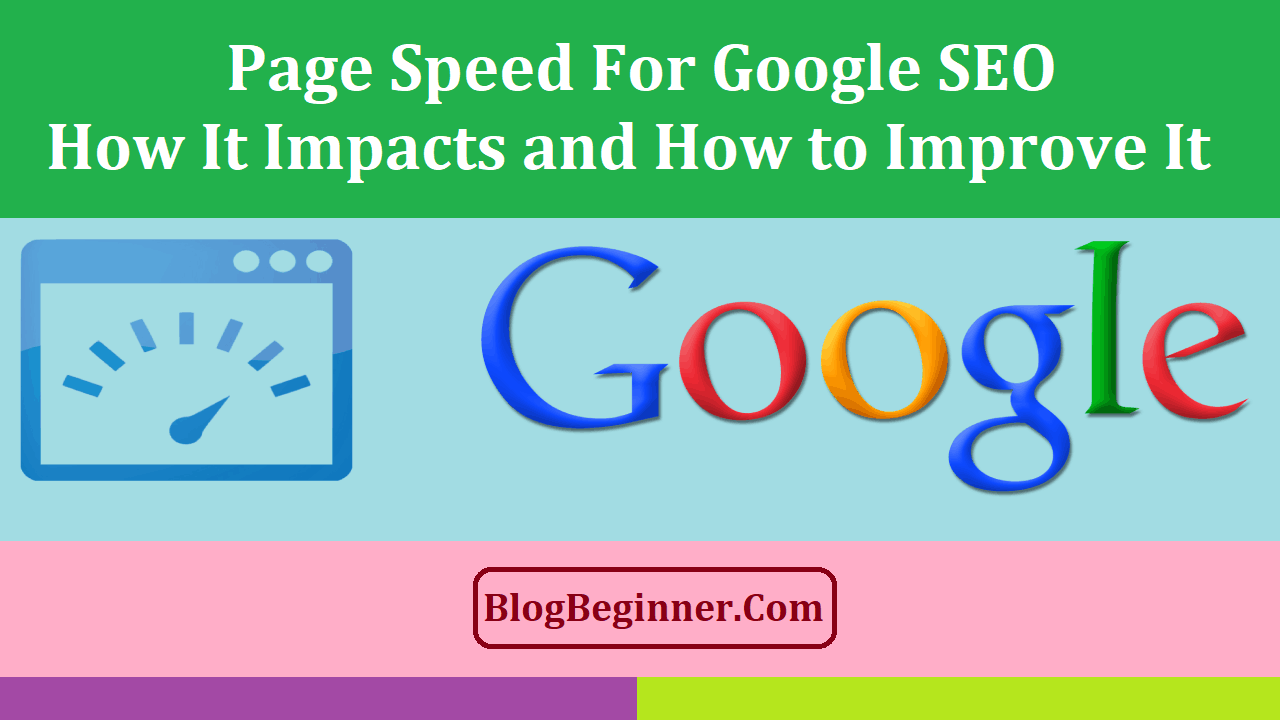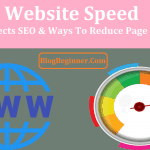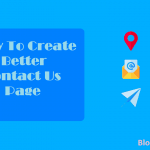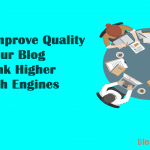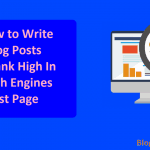At the end of summer of 2018, Google announced that they were going to change the way they rank different websites.
Namely, they announced that the company would soon start ranking different pages based on the page loading time.
Now, what does that mean and how does it affect us in practice?
Well, it means that any website that loads slowly would not get a good ranking. Obviously, page speed is a very important factor nowadays, and this is something that Google takes very seriously.
The company started to implement similar algorithms back in 2010, but at that point in time, they were too crude. Furthermore, the number of websites that used these algorithms was fairly small.
Not everyone is happy with the latest additions, but we warmly welcome these changes. The truth is the faster your page loads, the better the user experience.
Time is a very valuable resource, and people (naturally) don’t want to waste it on waiting for a particular web page to load. They want to access the needed content as quickly as possible.
So other than standard parameters (like meta name and meta description, for example), Google now also takes into account the page load time.
Page load time is now one of the most significant aspects that we need to take into account if we want our website to rank properly.
In the lines below, we will discuss what you can do right now to improve the loading time of your website. No matter if your website already loads too slowly or not, the information below can be very valuable for the upcoming period.
Contents In Page
Make sure you use CSS sprites properly
Everyone knows what CSS is, but what are CSS sprites? CSS sprites are a technology that can convert multiple small images into one huge image. As a result, the number of connections will be reduced, and your load time will significantly increase.
You can use one out of several different CSS sprites to increase your page loading time:
-
CSS-Sprit.es
CSS-Sprit.es is one of the most popular CSS sprites, and it’s extremely easy to use. This generator can instantly increase your page loading time.
Website Performance CSS Sprites Generator
As the name suggests, this CSS sprite generator is all about website performance. By turning dozens of small images into a big one in a couple of milliseconds, you can expect the initial results pretty much instantly.
-
Drupal CSS Sprites
This generator module is a multipurpose tool that is heavily used by many web developers. It offers a lot of different features like Image optimization, Image compression, and even Compress or merge CSS. It is a very reliable tool that you have to consider.
-
CSS Sprite Generator
CSS Sprite Generator is a simple yet very powerful tool that allows you to create outstanding CSS Sprites images. You can also use this tool to upload many different files and then generate sprites out of them. You will get a unique CSS code for every image in the sprite as well.
-
SpriteMe
Another great solution for CSS sprite generation is SpriteMe. This tool can automatically identify any potential image that you can convert to a CSS sprite. Furthermore, you can use csscoolrunnings.com to easily re-add the converted sprite to your website quickly and efficiently. It works like a charm!
Make sure you cache your pages regularly
By establishing a proper caching system, we can significantly improve our page load time. The request will be transferred from a page on our web host, which will reduce the server load and load our pages in a matter of seconds. If you’re using WordPress, we recommend choosing either W3 Total Cache or Super Cache plugin to create a functional caching system.
Try to reduce the size of your image
One of the first things that we can do to increase the loading time of our website is to reduce the size of our images. Even if an image is just marginally bigger than it should be, it can slow down our page loading time significantly.
We can use many different tools to reduce the size of our image, but one solution that stands out is Smush.it. Alternatively, we can achieve the same effect by using tools like ACDSee or Adobe Photoshop.
We need to ensure that our web server is properly optimized
If our web server is not properly optimized, our page loading time will be drastically reduced. It’s one of the most common issues that people are dealing with on an everyday basis, and yet, it’s commonly overlooked. If we want to improve our page loading time, we need to ensure that our web server is working as intended.
The first thing we need to point out is that you should never use underpowered web hosting. If your web hosting is not compatible with hardware that you are using, you will have many issues. And, If we want to improve our page loading time, we need functional web hosting that is compatible with our technology.
If you’re using WordPress, we can definitely recommend Bluehost. Bluehost is one of the most popular hosting providers, and even WordPress endorses it heavily. With affordable pricing, user-friendly interface, and outstanding technical support, Bluehost is a provider for everyone.
In conclusion
If you follow the key steps that we’ve provided above, you will optimize your page loading time in no time. No matter how slow your website is at the moment, you can always speed it up.
Another thing that we have to point out is that you should always follow the latest innovations. Only that way will you be able to ensure the long-term stability of your website and your business in general.
If one of these methods doesn’t give you optimal results, you should certainly try another one. Sometimes, you may need to use a combination of different methods to achieve your goals. Feel free to experiment — you can’t make a mistake!
